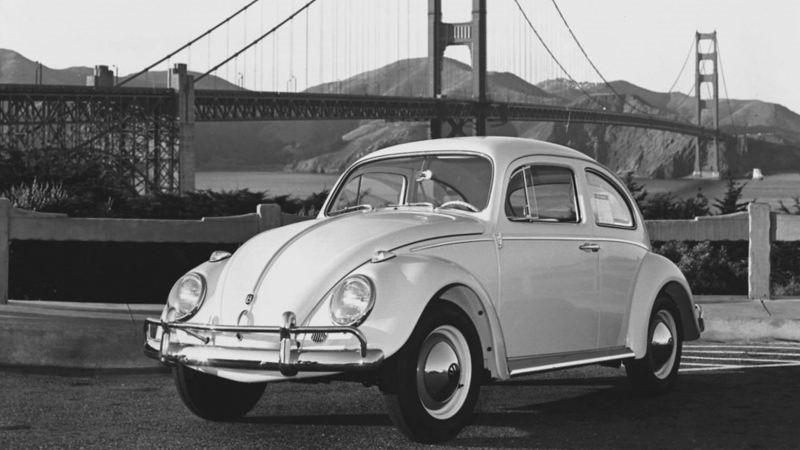Ever wondered what classic car to consider? Paul Murrell tests the 1954-1978 Volkswagen Beetle with pricing, specs, ride and handling, safety, verdict and everything the over-50 classic car buyer needs to know.
Summary: The People’s Car sold over 21 million, and many of them are still going strong. Later models make better sense on modern roads.
1954-1978 Volkswagen Beetle
Price range: $5,000-$110,000
Safety: Not much at all, more in later models
Engine: 1285cc flat four-cylinder air cooled (1968 1300 Deluxe)
Power: 37.3kW
Torque: 93Nm
Transmission: four-speed, rear-wheel drive
Steering: worm and roller
Body: 4064mm (long); 1524mm (wide); 1499mm (high)
Build country: Germany
Interior features: self-cancelling indicators, interior light, self-parking wipers, windscreen washers, two ashtrays, two coat hooks, two assist straps, optional radio
Exterior features: vent wings for ventilation, two lined luggage compartments, optional sunroof,
Kerb weight: 789kg
Wheels: 15-inch steel
Tyres: Tubeless 5.60 x 15 (whitewalls optional)
Brakes: hydraulic drum brakes front and rear
Fuel tank: 40 litres
Consumption: 6.8L/100km
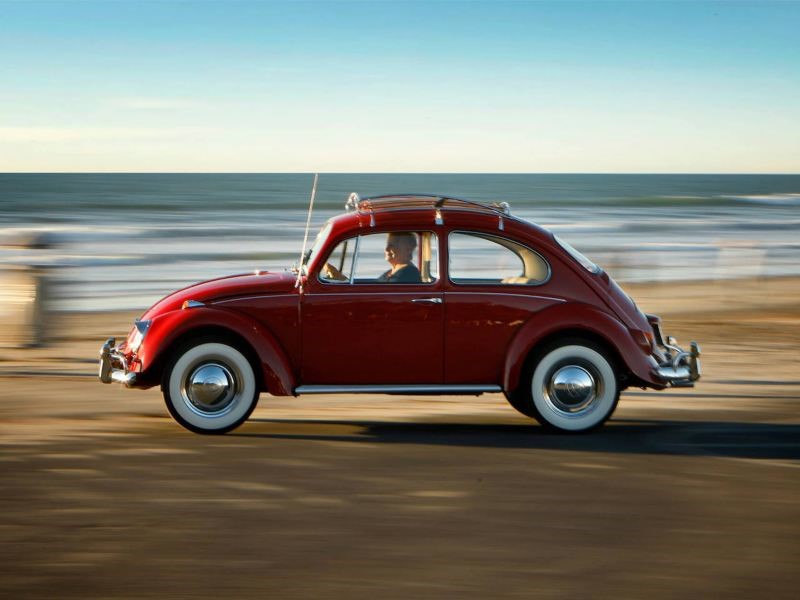
[review]
It wasn’t so long ago that nobody would have thought of the humble VW Beetle as a classic or even collectable car. How things have changed.
Germany’s automotive gift to the world began when a certain Herr Hitler suggested to Ferdinand Porsche that what was needed was a car with room for two adults and three children, capable of 100km/h and 7L/100km (33mpg), all for an ambitiously low 1000 Reichsmarks (standard body cars from Mercedes-Benz at the time were priced at 19,500 Reichsmarks).
By 1938, Porsche had all his ducks in a row. Four-cylinder air cooled engine, platform chassis and bodywork almost exactly as it would go into production.
During the war, it did duty as an all-terrain vehicle, amphibian vehicle and armoured car.
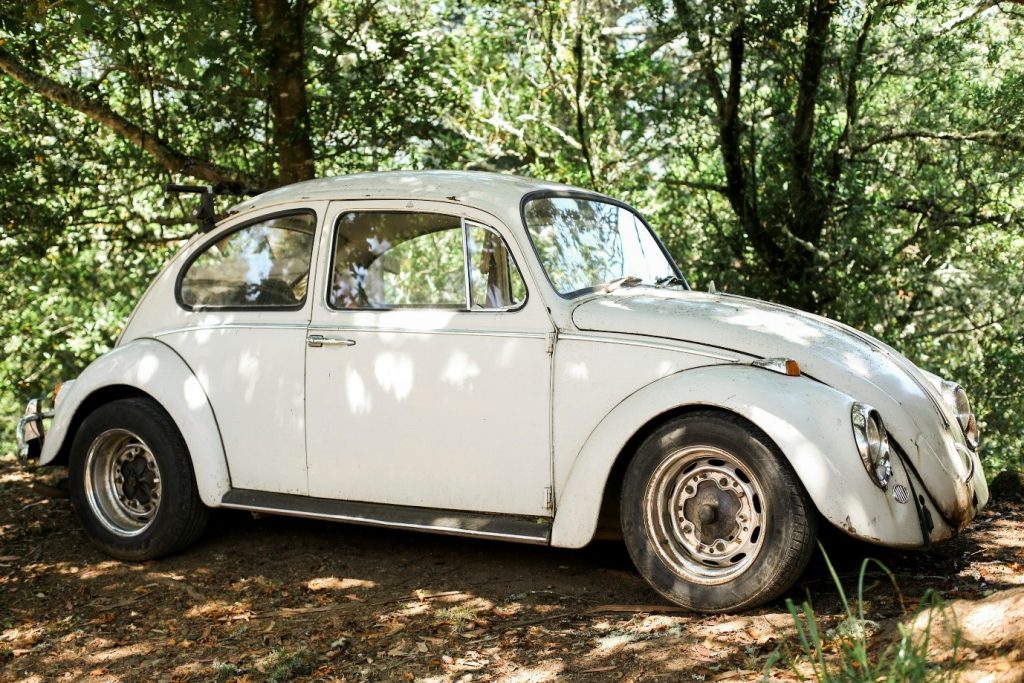
After the war, against all the odds, English Major Ivan Hirst put the factory back into production. It was handed back to German control in 1949 after 50,000 cars had been built. Production continued to grow, the 100,000th being built in 1950 and the millionth in 1955.
Like most cars with long production runs, despite looking almost unchanged the car continued to evolve. Significant upgrades were made in 1963, 1967, 1971 and 1973. By the mid-1970s, engine, gearbox, trim, steering and suspension were all very different from 20 years before, and not a single panel was interchangeable.
That means, if you’re looking for a Beetle, you can probably find one that almost perfectly suits your needs.
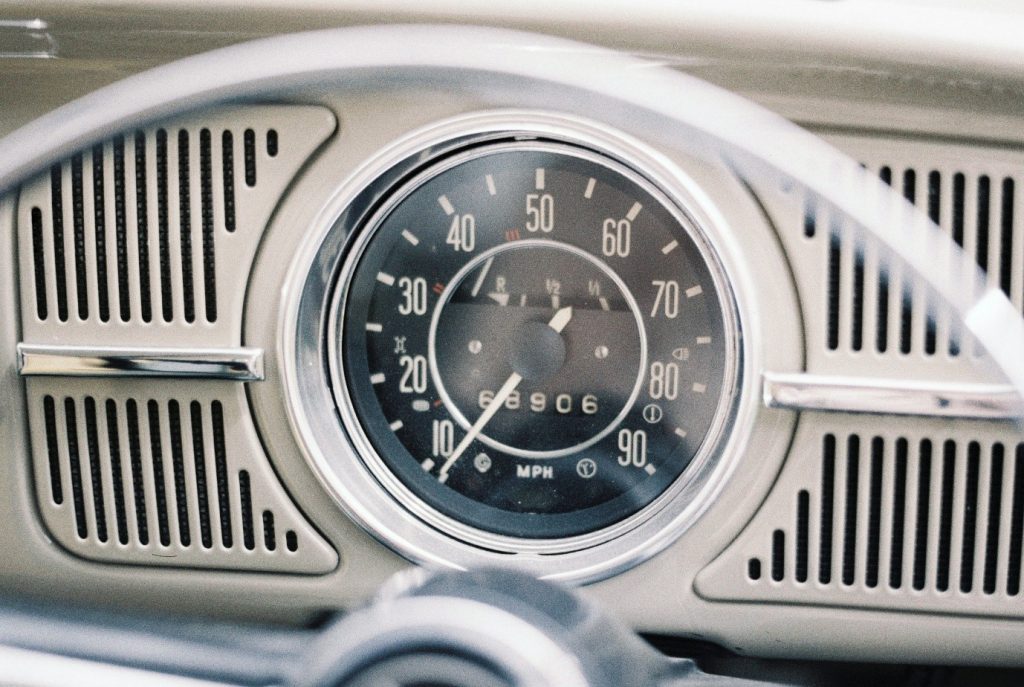
What to look out for
Beetles are built around a sturdy platform chassis with panels bolted all around to the floorpan. Most areas are easy to inspect for rust or other damage.
With so many built, finding secondhand parts is usually quite straightforward, although you want to be sure the parts you buy will fit the car you have.
Open the engine cover and check the rear clip around the bottom of the engine, under the rubber seal around the engine bay and at the top on each side. Water can get in through the air vents, get trapped in the seams and lead to rust, which can be difficult to repair properly.
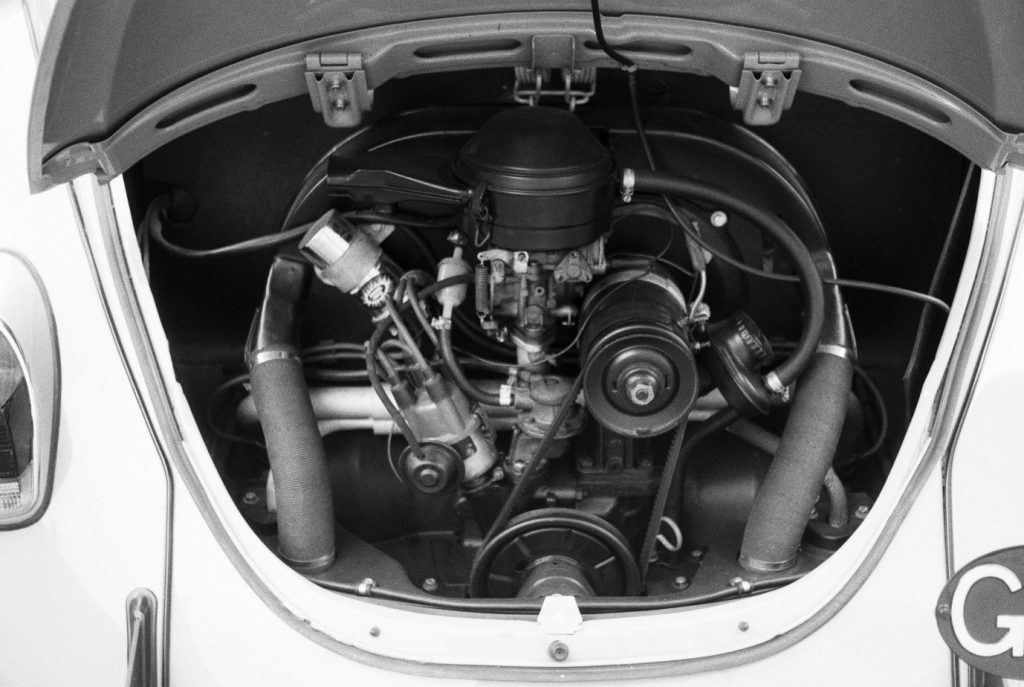
Because panels are bolted on, they are relatively easy to replace (although old bolts can be stubborn). The backs of the rear wings are susceptible to rust where water has got in through the rear window and been trapped in the soundproofing material above the jacking points.
Check the inner and outer sills carefully. Hot air is ducted along them from the engine so any holes or damage will affect heating. Heater vents were moved from beside the accelerator pedal to just in front of the seats in 1967-78, so later inner sills won’t fit earlier cars. The bottom of the A-post is another common rust spot.
Hinges wear causing the doors to drop and door bottoms to rust.
Front wings also suffer corrosion at the rear corners. Rear sides rust behind the door and front sides ahead of the door.
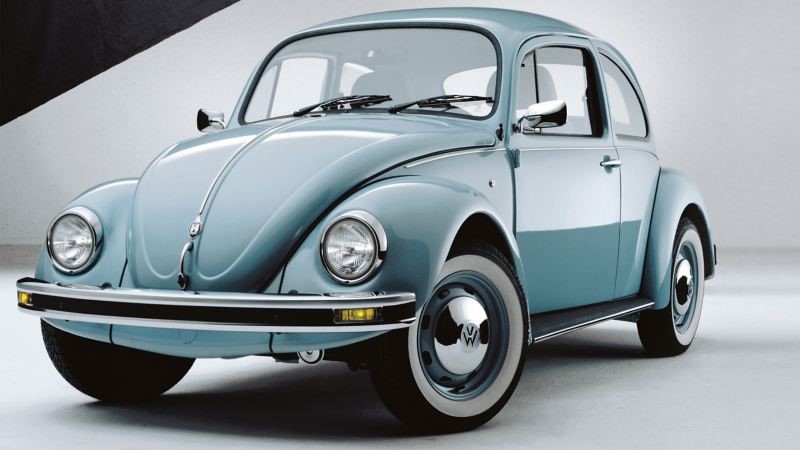
Engines, on the other hand, should cause you very little grief.
Extremely high mileages aren’t unusual, but engine swaps are very common. Arm yourself with a list of engine codes. Engine numbers without a prefix should be pre-1965 1200s; D means post-1965 1200, E and F are pre-1971 (F is more powerful); AB/AC/AR are post-1970 1300s; H or L indicates a 1500; B, A-AK or AS (depending on specification) indicates a 1600.
Check the engine for crankshaft end float – check it by rocking the fan belt pulley. Engine oil leaks may also be present. Too fast an idle may disguise valve damage.
Long life requires regular oil changes, ideally every 5000km, so a thick file of records will put your mind at ease.
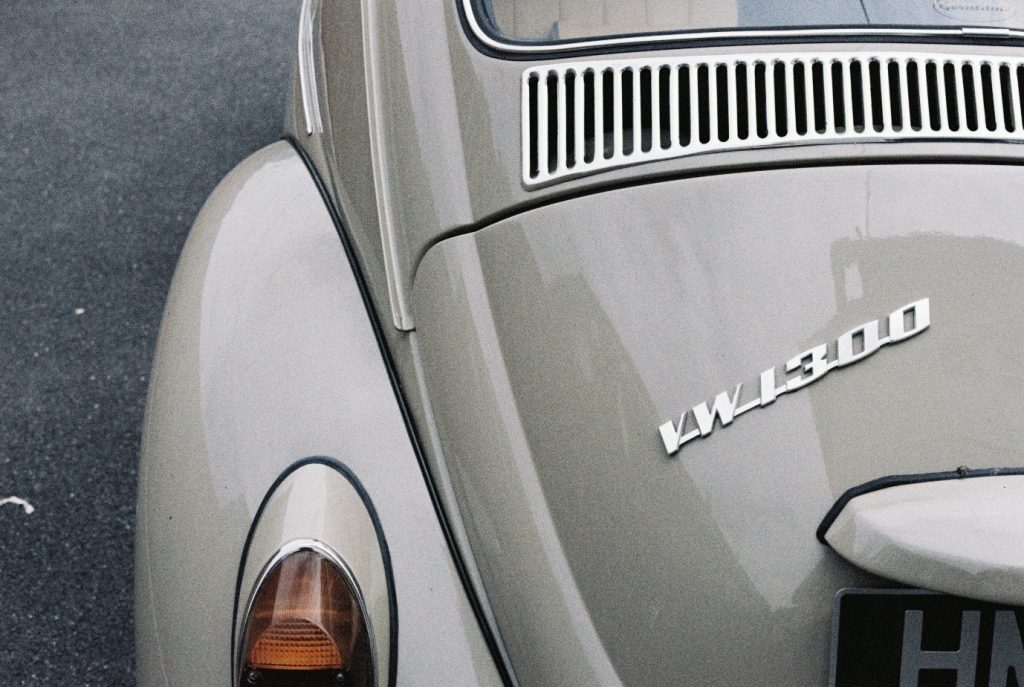
Gearboxes are strong but will eventually show signs of wear, indicated by weak synchromesh on second gear or a worn layshaft (you’ll hear a noise transmitted along the tunnel that goes away when you depress the clutch).
Like the rest of the car, suspension is tough but rust can attack the front torsion bar (obviously on torsion bar cars). Pre-war kingpins were used at the front until 1965 when they were changed for ball-joints. Knocking when driving over bumps probably indicates worn lower ball-joints. Jerky steering is a sign of a failure of the telescopic steering damper (fitted from March 1960).
VW moved from six-volt electrics to 12-volt in late 1967. Earlier cars can be converted to 12-volt. Alternators were fitted to later and larger-engined Beetles and can be retro-fitted.
Electrics are simple and most faults can be traced to dirty connections.
Trim, as might be expected, underwent many changes in the life of the Beetle, so a car with the correct trim and switchgear is highly prized.
